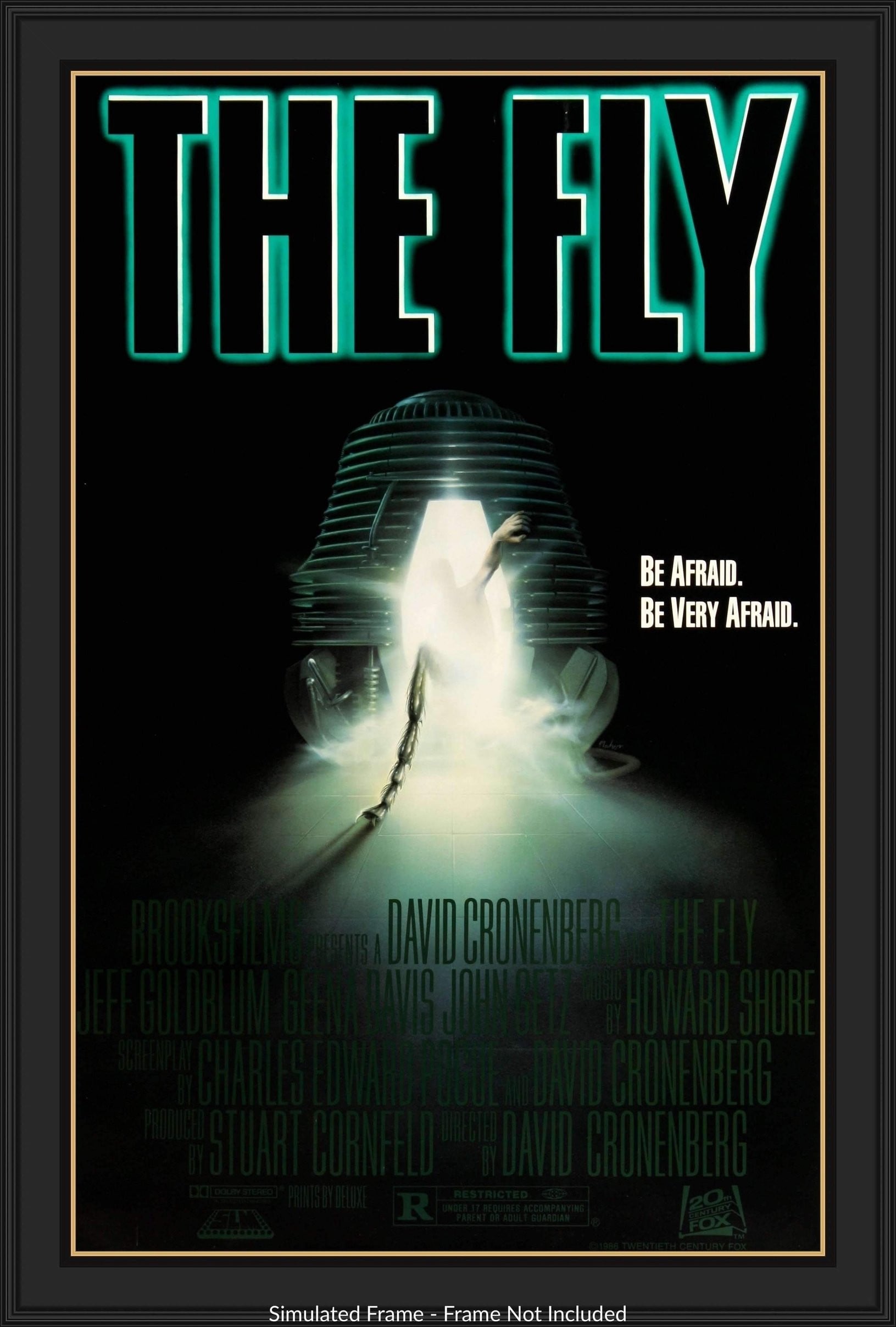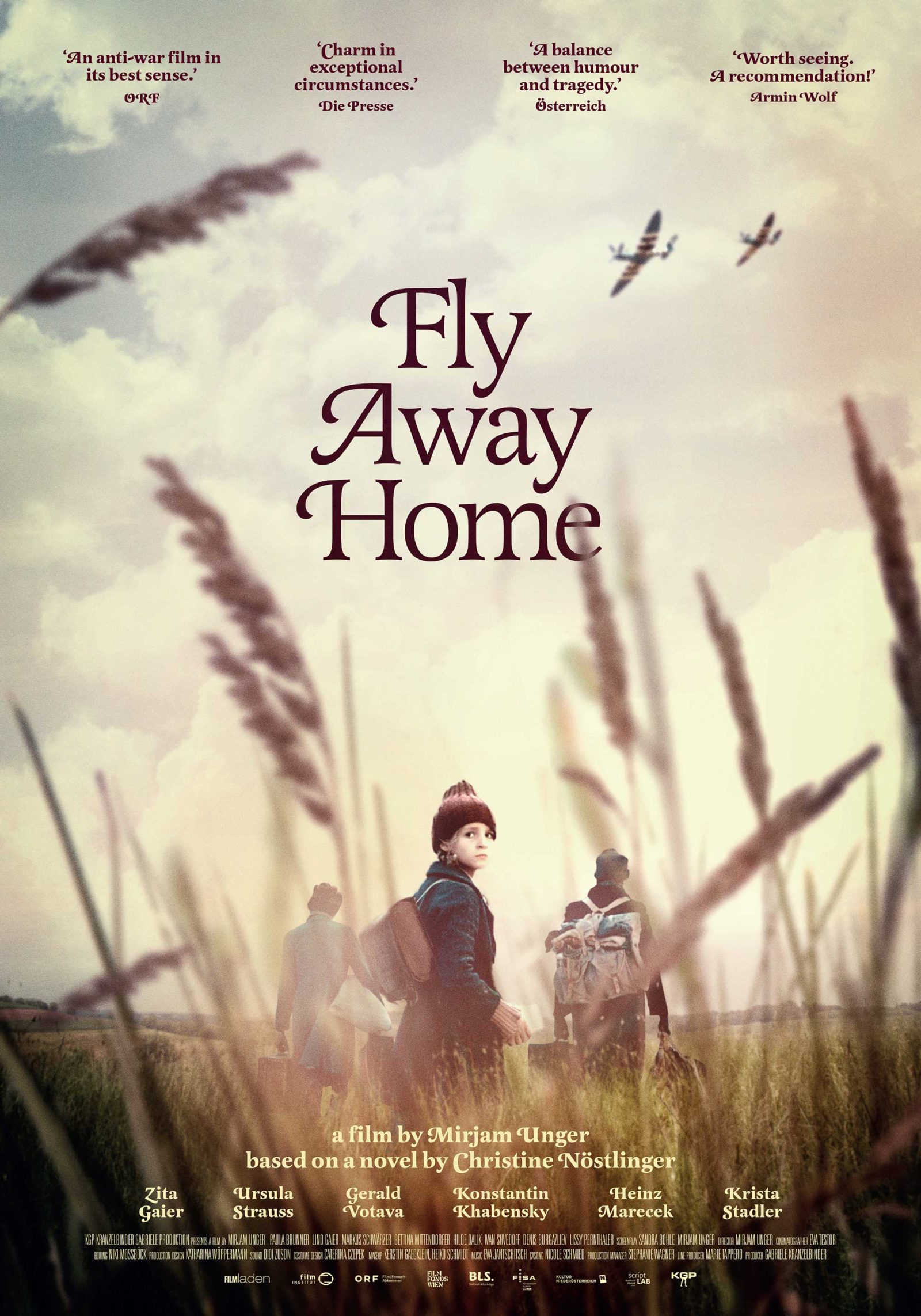Hey there, movie buffs and aviation enthusiasts! If you're here, you're probably wondering what the buzz is all about when it comes to film fly. Well, buckle up because we're diving headfirst into the thrilling world of aerial cinematography and everything that makes it so captivating. Whether you're a filmmaker, a tech geek, or just someone who loves breathtaking visuals, this article is for you. So, let's get started, shall we?
There’s something magical about watching the world unfold from above. That’s exactly what film fly offers—a bird’s-eye view of the planet captured through cutting-edge technology and creative storytelling. Imagine soaring over snow-capped mountains, gliding through dense forests, or hovering above bustling cities. These are the experiences that filmmakers strive to bring to life, and they’re made possible through the wonders of drone technology and aerial filming.
Now, before we dive deeper into the nitty-gritty details, let’s set the stage. Film fly isn’t just about flying drones around willy-nilly. It’s an art form that combines technical prowess with creative vision. In this article, we’ll explore everything you need to know about making your aerial footage pop, from the gear you need to the skills you should master. So, grab your popcorn and let’s get rolling!
- Divine Glamour The Untold Story Of Diva Flawlessxxx
- Aditi Mistry Live Unveiling The Rising Star Of Digital Fame
What Exactly Is Film Fly?
Alright, so let’s break it down. Film fly, in its simplest form, is the art of capturing video footage from the air using drones or other aerial platforms. But it’s not just about flying a drone and pressing record. It’s about creating cinematic magic that transports viewers to places they’ve never been before. Think of it as storytelling from the sky.
In recent years, film fly has become increasingly popular, thanks to advancements in drone technology. Filmmakers and content creators now have access to high-quality cameras mounted on stable platforms that can glide effortlessly through the air. This has opened up a whole new world of possibilities for capturing stunning visuals that were once only achievable with expensive helicopters or cranes.
But what makes film fly so special? It’s all about the perspective. Aerial shots add a sense of scale and grandeur to any scene, making them perfect for everything from epic action sequences to serene nature documentaries. And with the right skills and equipment, even amateur filmmakers can achieve professional-grade results.
- Ari Kytsya Leaked Onlyfans The Untold Story You Need To Know
- Emma Myers Nude The Truth Behind The Rumors And Controversies
Why Film Fly Has Taken Off
So, why has film fly become such a big deal in the world of filmmaking? Well, there are a few reasons for that. First and foremost, it’s all about accessibility. In the past, aerial cinematography was reserved for big-budget productions that could afford to rent helicopters or planes. But now, with the advent of affordable yet powerful drones, anyone can capture breathtaking aerial footage.
Another reason is the sheer versatility of drones. They can go places that traditional cameras simply can’t reach. Need to capture a close-up of a mountain peak? No problem. Want to glide through a canyon? Easy peasy. Drones give filmmakers the freedom to explore and experiment in ways that were previously unimaginable.
And let’s not forget about the cost savings. Compared to traditional aerial filming methods, drones are a steal. They’re easier to operate, require less maintenance, and can be deployed quickly and efficiently. This makes them an attractive option for filmmakers on a budget who still want to deliver high-quality visuals.
The Gear You Need for Film Fly
Now that we’ve established why film fly is such a game-changer, let’s talk about the gear you’ll need to get started. While there are plenty of options out there, here are some of the essentials:
- Drone: This is the heart of your film fly operation. Look for a drone that offers stable flight, long battery life, and a high-quality camera. Popular choices include the DJI Mavic series and the DJI Phantom series.
- Camera: While most drones come with built-in cameras, some filmmakers prefer to use external cameras for more control over the footage. If you go this route, make sure your drone can support the weight of the camera.
- Battery Pack: Drones don’t have unlimited battery life, so it’s always a good idea to have a few extra batteries on hand. This will ensure you don’t miss any important shots.
- Stabilization System: A good stabilization system is crucial for smooth, shake-free footage. Look for drones with built-in gimbals or consider investing in an external stabilizer if needed.
Of course, the gear you choose will depend on your budget and the type of footage you want to capture. But with the right equipment, you’ll be well on your way to creating stunning aerial videos.
Mastering the Art of Film Fly
Having the right gear is important, but it’s only half the battle. To truly excel at film fly, you need to master the art of aerial cinematography. Here are a few tips to help you get started:
- Plan Your Shots: Before you take to the skies, take some time to plan out your shots. Consider the angle, lighting, and composition of each scene. This will help you capture the best possible footage.
- Practice Safe Flying: Safety should always be your top priority when flying a drone. Make sure you’re familiar with local regulations and always keep your drone within sight.
- Experiment with Angles: Don’t be afraid to try new things. Play around with different angles and perspectives to see what works best for your scene.
- Edit Your Footage: Once you’ve captured your footage, spend some time editing it to bring out the best qualities. This might involve color grading, adding music, or trimming unnecessary clips.
Remember, practice makes perfect. The more you fly and film, the better you’ll become at capturing stunning aerial footage.
Popular Film Fly Techniques
When it comes to film fly, there are a few techniques that every filmmaker should know. These techniques can help you add depth and interest to your aerial footage:
- Dolly Shot: This involves moving the drone in a straight line, either forward or backward, to create a sense of movement.
- Orbit Shot: In this technique, the drone circles around a subject, creating a dynamic and engaging shot.
- Reveal Shot: This technique involves flying the drone over an obstacle to reveal a hidden scene or subject.
- Tracking Shot: This involves following a moving subject, such as a car or a person, to create a sense of continuity.
By mastering these techniques, you’ll be able to create more dynamic and engaging aerial footage that captures the attention of your audience.
The Future of Film Fly
So, where is film fly headed in the future? Well, if recent trends are any indication, the possibilities are endless. Advances in drone technology, AI, and virtual reality are opening up new avenues for filmmakers to explore. For example, some drones now come equipped with AI-powered features that allow them to follow subjects autonomously or capture footage from pre-programmed flight paths.
In addition, virtual reality is changing the way we experience aerial footage. Imagine being able to step into a scene and explore it from every angle. This is the kind of immersive experience that filmmakers are striving to create, and film fly is at the forefront of this revolution.
Emerging Trends in Film Fly
As technology continues to evolve, so too does the world of film fly. Here are a few emerging trends to keep an eye on:
- 4K and 8K Resolution: High-resolution footage is becoming the norm, allowing filmmakers to capture every detail with stunning clarity.
- 360-Degree Cameras: These cameras offer a new perspective on aerial footage, allowing viewers to explore a scene from every angle.
- AI-Powered Drones: Drones equipped with AI are becoming more common, offering filmmakers greater control and precision in their shots.
With these advancements, the future of film fly looks brighter than ever.
Challenges in the World of Film Fly
Of course, no discussion of film fly would be complete without addressing the challenges that filmmakers face. One of the biggest challenges is regulation. Many countries have strict laws governing the use of drones, and filmmakers need to be aware of these regulations to avoid running afoul of the law.
Another challenge is weather. Drones are highly sensitive to wind, rain, and other weather conditions, which can make filming difficult or even impossible. That’s why it’s important to plan your shoots carefully and be prepared for any unexpected weather changes.
Finally, there’s the issue of privacy. As drones become more common, concerns about privacy and surveillance have grown. Filmmakers need to be mindful of these concerns and take steps to ensure that their shoots don’t invade the privacy of others.
Overcoming Challenges in Film Fly
While these challenges may seem daunting, they’re not insurmountable. Here are a few tips for overcoming them:
- Stay Informed: Keep up with the latest regulations and guidelines for drone use in your area.
- Plan Ahead: Check the weather forecast before heading out and plan your shoots accordingly.
- Respect Privacy: Always obtain permission before filming private property or individuals.
By taking these steps, you can minimize the risks and focus on capturing the best possible footage.
Conclusion: Soaring to New Heights with Film Fly
And there you have it, folks—a comprehensive guide to the world of film fly. From the gear you need to the techniques you should master, we’ve covered everything you need to know to get started. Remember, film fly isn’t just about capturing footage from the sky—it’s about telling stories that inspire and captivate your audience.
So, what are you waiting for? Grab your gear, head outside, and start exploring the world from above. And when you’re done, don’t forget to share your experiences with us in the comments below. We’d love to hear about your adventures in the world of film fly. Until next time, keep flying high and keep creating amazing content!
Table of Contents
- What Exactly Is Film Fly?
- Why Film Fly Has Taken Off
- The Gear You Need for Film Fly
- Mastering the Art of Film Fly
- Popular Film Fly Techniques
- The Future of Film Fly
- Emerging Trends in Film Fly
- Challenges in the World of Film Fly
- Overcoming Challenges in Film Fly
- Conclusion: Soaring to New Heights with Film Fly
- Movierulz Web Series Your Ultimate Guide To Streaming Hits
- 9xmovies Baby Your Ultimate Guide To Legal Streaming And Entertainment


